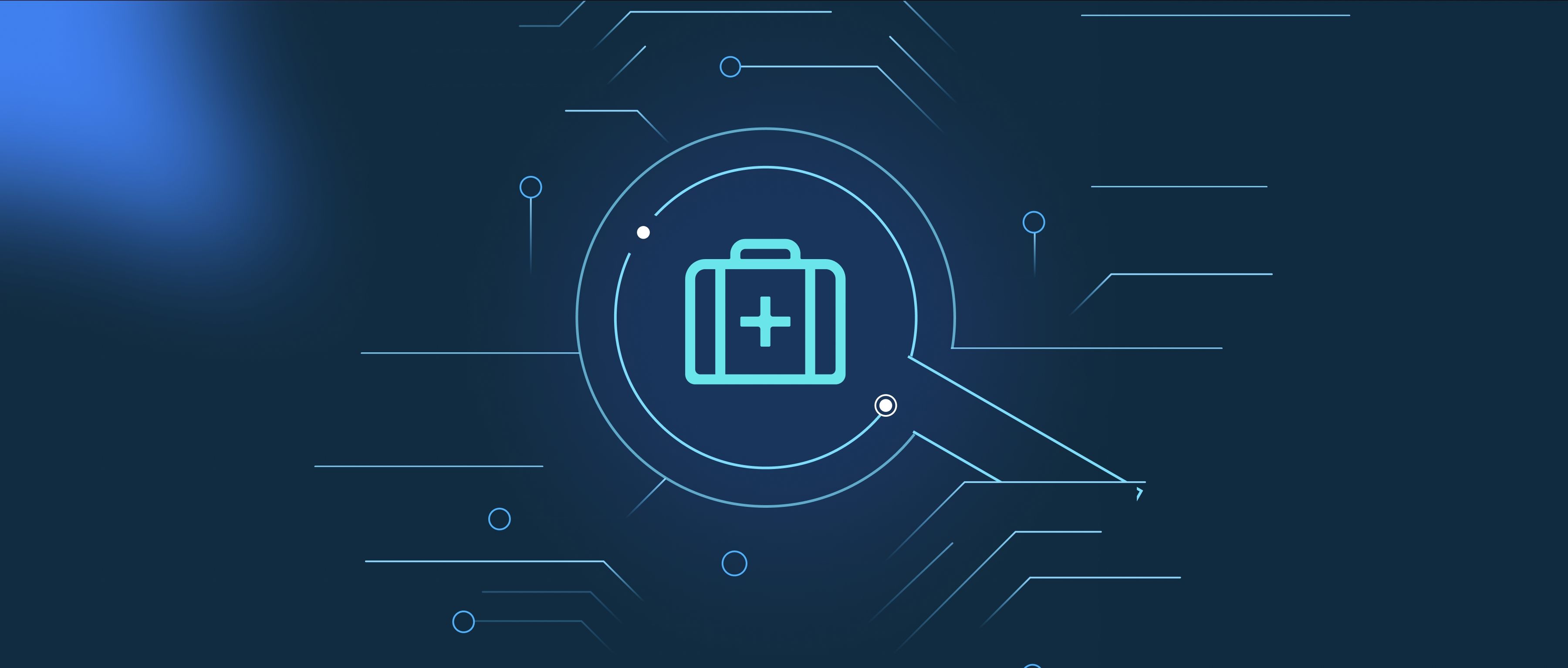Big data supports predictive analytics by providing a vast amount of information from diverse sources, which allows for more accurate predictions and insights. Predictive analytics relies on analyzing historical data to forecast future events, and big data enhances this process by offering a rich dataset that captures the nuances of behavior, trends, and conditions. With big data, organizations can aggregate and analyze information from social media, sensors, transaction records, and more, giving them a comprehensive view of the factors that influence outcomes.
For example, in the retail industry, businesses can utilize big data to analyze customer purchase history, online behavior, and demographic information. By applying predictive analytics to this data, they can forecast sales trends, identify peak shopping times, and tailor marketing campaigns to specific customer segments. This level of insight allows retailers to optimize inventory management and improve the overall customer experience.
Moreover, big data tools like Hadoop and Spark enable the processing and analysis of vast datasets quickly and efficiently. Developers can build machine learning models on top of big data frameworks to identify patterns and correlations that might not be apparent in smaller datasets. For instance, in healthcare, predictive analytics can analyze patient records and genetic information to identify potential health risks, enabling proactive interventions. By leveraging big data, organizations can make informed decisions based on reliable predictions, ultimately leading to better outcomes and higher operational efficiency.
